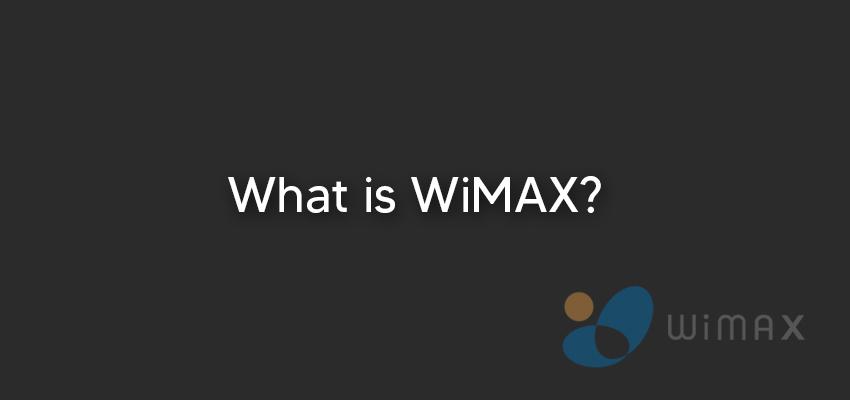
What is WiMAX?
Posted Nov. 3, 2020, 8:21 a.m. by Emil S.WiMAX is a long-range wireless network technology that elicited many emotions as a considerable improvement over wire-based DSL and cable. It's appropriately called Worldwide Interoperability for Microwave Access. It's a group of wireless communication standards centered around IEEE's formed standards, IIEEE 802.16, in 1998 for wireless networks to cover a larger area.
WiMAX Forum is the group that supervises and standardizes the development of WiMAX technology. The group approves all equipment, i.e., base stations of providers and the signal receivers for the client's location, before production, and then certifies the product as standard afterward. Surprisingly, WiMAX didn't have wide usage as expected because of WiMAX's high cost. People used Wi-Fi as a cheaper alternative and continued to prefer Wi-Fi and hotspot technologies over WiMAX.
Pros
The installation process for WiMAX is a lot faster than most other technologies. Its masts are not too tall, so there are not too many problems setting them up. Its wireless technology can cover areas out of sight. It can reach an entire city and even a country. WiMAX covers connections to mobile devices like PC, phones. It also covers links to fixed locations such as offices and homes.
- It’s a good alternative for wired connections if the clients can afford the costs.
- Its transmission can reach miles away while maintaining a good connection. WiMAX enables telephone communications. Media and voice communications are also possible with it.
- It also allows backhaul for data transfer over the ISP network.
- It provides alternative internet access to LTE technology with mobile internet and satellite internet with broadband internet.
- It provides access to the internet for remote areas that wired connections would be too costly for.
WiMAX develops hardware that allows Wi-Fi functions to a range of users, like a router.
It's less costly when compared to the cost of the Digital Subscriber Line. DSL costs a lot to set-up because of the extensive wiring to cover a wide range. WiMAX gives a reliable connection that can extend and maintain a link up to thousands of kilometers away, but this isn't possible with Wi-Fi that only reaches 100meters.
Cons
Clients will have to struggle with weaker wireless connections as their location goes further from the base station. Clients may receive over 25Mbps when they are not far from the station but get 3Mbps or less when far. Users may struggle with weaker connections when there are many users on a radio section, so they may have to wait until the network's load reduces.
Many devices have Wi-Fi functions built-in because of the popularity of Wi-Fi when compared to WiMAX. 802.11 standard, which includes Wi-Fi, supports network communication without access points between end-users. But the 802.16 standard requires devices to be within the range for signals from the base station.
Similarity
Wi-Fi is a part of IEEE 802.11, while WiMAX is a part of IEEE 802.16, and they both run on wireless ad hoc networks between Peer-to-Peer. It involves communications between users or servers on a LAN where users communicate by the access point or base station.
